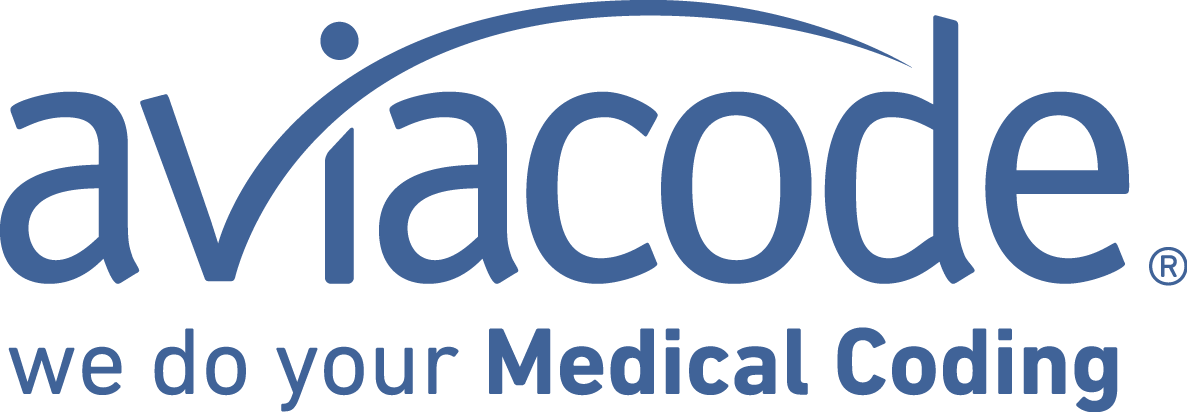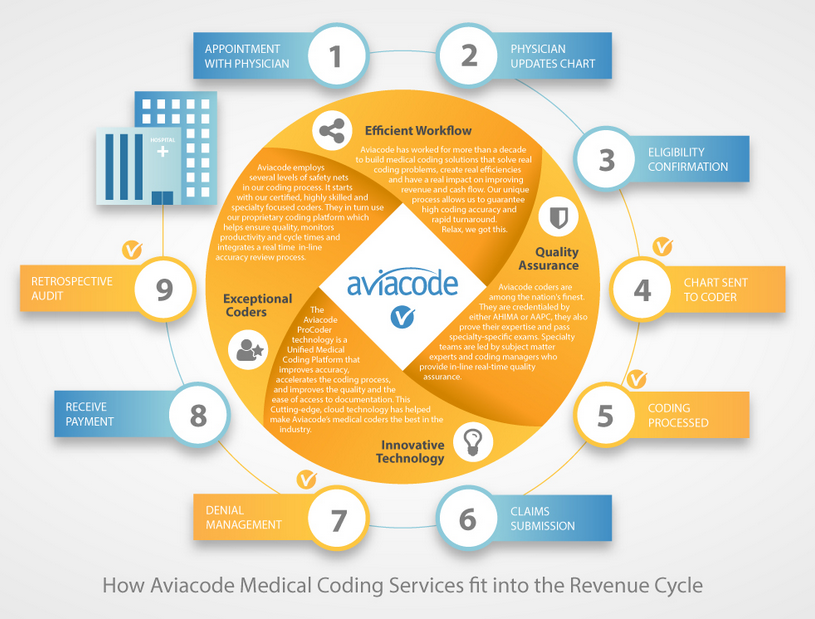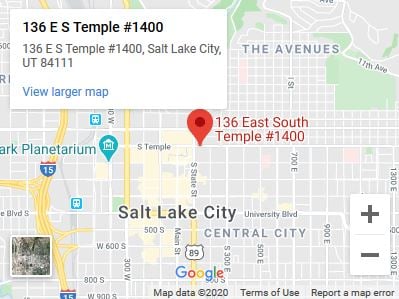Revenue cycle refers to "All administrative and clinical functions that contribute to the capture, management, and collection of patient service revenue," as defined by the Healthcare Financial Management Association (HFMA). It includes the entire life cycle of a patient account from initial appointment setup to payment receipt.1
Each stage has an imminent effect on the revenue cycle as a whole. Providers must take steps to ensure that the best revenue cycle management practices are being implemented.
The revenue cycle begins when a patient makes an appointment at the physician's office. A comprehensive set of data is collected from the patient to begin his/her chart. During the appointment, the physician updates the patient's chart with diagnoses.
The next stage of the revenue cycle is the medical coding process. Determining who will be responsible for the coding and billing process is one of the most important decicions within the revenue cycle. Choosing to outsource can improve efficiency, increase revenue and strengthen cashflow. During the medical coding stage medical coders translate the diagnoses on the patient's charts into ICD codes. Aviacode offers the industry with professional AHIMA or AAPC certified coders that provide consistent, reliable and predictable coding results with 95% accuracy guaranteed using Aviacode ProCoder™.
Immediately following the completion of the coding process, claims are submitted to the insurance company for payment. After the claims are reviewed by the insurance providers, the denial management process begins. Here at Aviacode, we provide cost effective solutions for revenue recovery and ensure appropriate payment is being allocated to hard working physicians.
Want to learn more about how Aviacode can minimize your workload and maximize your revenue?
1 "Revenue Cycle" Oregon Health & Science University. N.p., n.nd. Web. 17 Jun. 2015. https://www.ohsu.edu/xd/about/services/patient-business-services/revenue-cycle/





